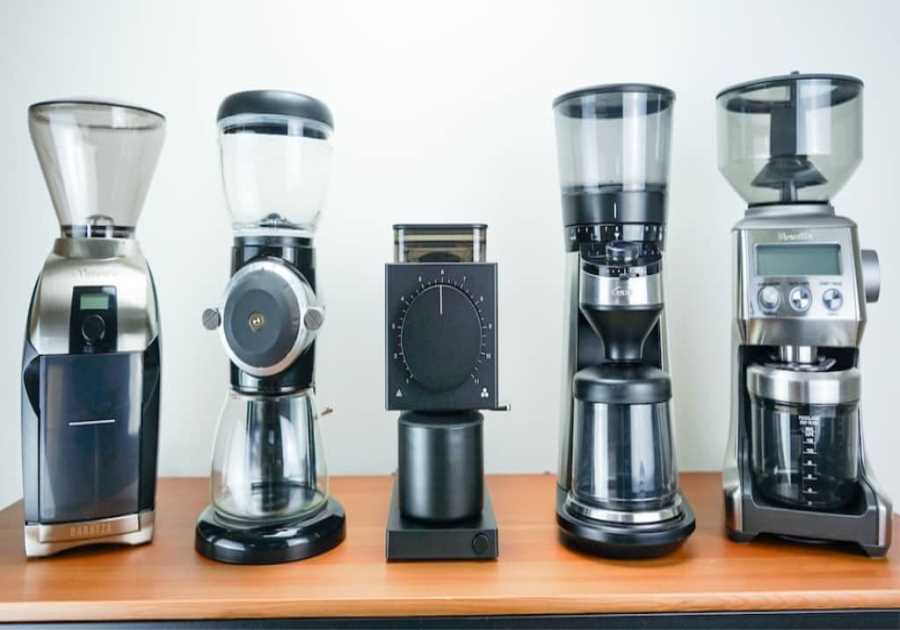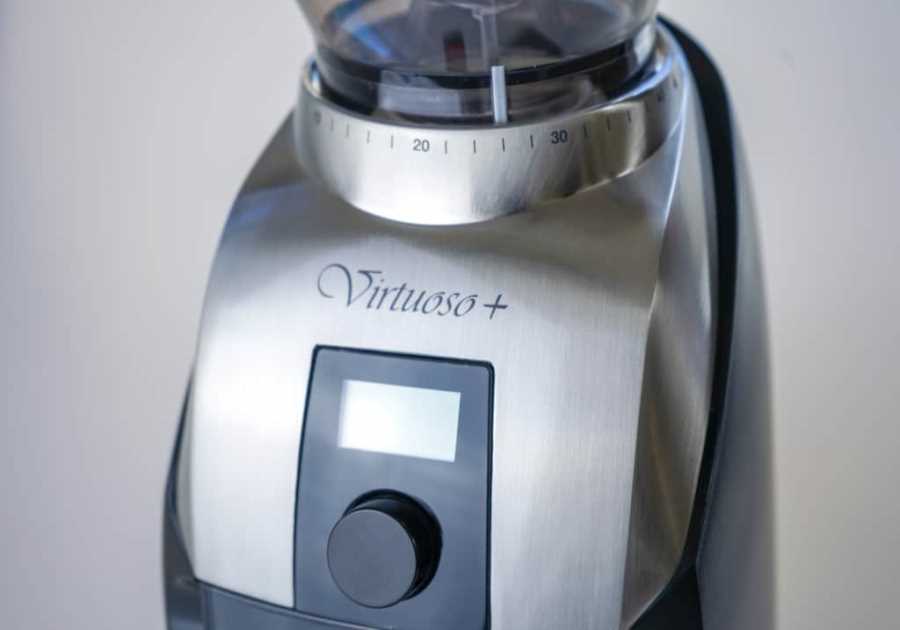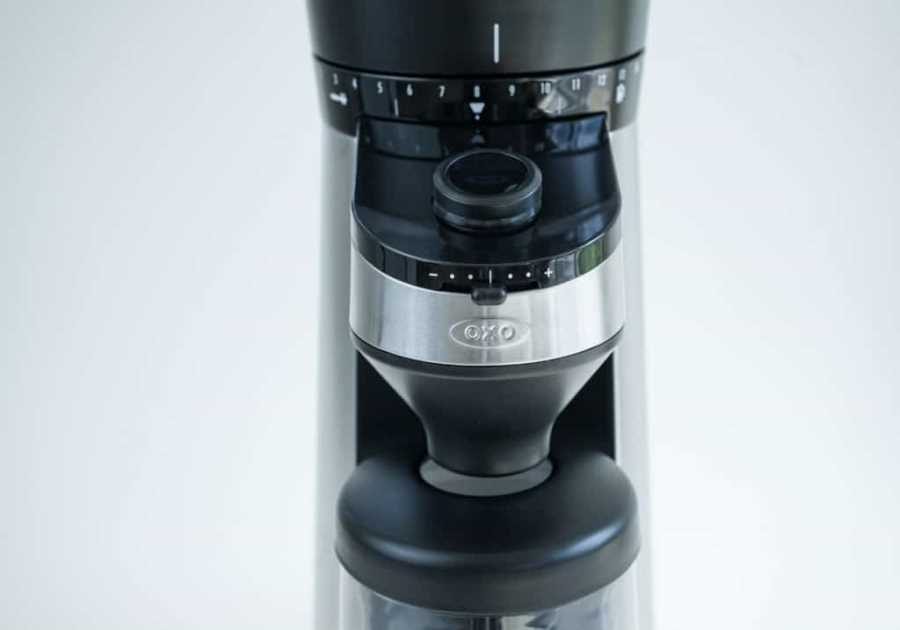Water temperature plays a crucial role in espresso extraction. To produce high-quality espresso, your brewing water should sit within an ideal temperature range of between 92°C and 96°C (197°F and 205°F), according to the Specialty Coffee Association.
As well as this, the temperature must be kept stable throughout extraction to ensure it remains truly even – a concept known as thermal stability.
Thermal stability can be complicated. However, as espresso machine technology improves, there is a growing focus on making water temperature control much easier – especially for home baristas looking to extract the perfect shot.
To learn more about thermal stability in espresso machines, I spoke to the Coffee Competence Manager for Rancilio Group, Carles González, and Director of R&D for Round K Coffee, Christina Lee. Read on to find out what they told me.
You may also like our article on how ground coffee temperature causes uneven espresso extraction.

The effect of temperature on extraction and flavour
There are many variables involved in espresso extraction, including grind size, dose, tamping, extraction yield, brew ratio, time (as a consequence) and water temperature, to name just a few.
Carles tells me that the temperature of the water plays the most important role during espresso extraction.
“Many of the soluble compounds that we enjoy tasting in espresso will extract at the right concentration within a small temperature range,” he says. “This range is usually between 92°C and 95°C (198°F and 203°F), depending on the coffee variety and roast profile, [among other factors].
“Brewing outside of that range will still produce espresso but tends to result in sharp or bitter tastes that aren’t as desirable,” he explains.
Although coffee contains a number of chemical compounds, only a few contribute to aroma and flavour.
Carles adds: “It is about maximising the compounds that produce good sensations, and minimising the extraction of compounds that contribute to hardness, bitterness, and astringency.”
If your brewing temperature is not within the optimal range, this can make extraction more difficult, and potentially guide it to a less desirable flavour profile. Furthermore, an unstable temperature throughout extraction will also significantly affect the taste and balance of espresso, mainly by increasing the inconsistency of your shots.
“Temperature is like a prerequisite to good extraction, with many other variables affecting the process as well,” Carles explains.

Why is temperature stability so important for extraction?
Espresso is extracted over a shorter period of time than filter coffee, and it is a more concentrated beverage. As well as requiring a finer grind size (because of the pressure) this means that it also requires a greater level of control over other extraction variables to produce a well-balanced shot.
As such, even the smallest fluctuations in water temperature will have an effect on espresso extraction.
“The solubility of many different chemical compounds in coffee is not linear at different water temperatures,” Carles tells me. “Different compounds extract at different rates during the extraction process.”
As temperature increases, the number of extracted compounds also increases. But certain compounds are more sensitive to changes in temperature than others, while others aren’t as desirable as their concentration increases.
Trigonelline and chlorogenic acid in particular contribute to bitterness and astringency. Meanwhile, organic acids, “sweet” carbohydrates, and lipids improve the presence of desirable sensory characteristics.
Furthermore, if the pressure in the portafilter rises as the brew temperature increases, this can make it harder for water to pass through the puck, potentially causing channels to form.
“It can be difficult to replicate an espresso extraction profile that you really like,” Carles explains. “However, preinfusion helps us do so here, by saturating the coffee with water in a gentle and smooth way, thereby increasing the area where extraction can take place.”

Managing thermal stability
Although boilers are key to maintaining stable temperatures in espresso machines, Carles explains that there is more to the process than an efficient boiler.
“Simply setting the boiler at a certain temperature doesn’t equate to a good brewing temperature,” he tells me. “Many factors affect how the heated water travels from the boiler to the grouphead.”
High-quality espresso machines will usually have built-in proportional integral derivative (PID) controls. These are used by baristas to monitor and adjust a number of extraction variables, including brew temperature.
A PID will often read a different temperature than the setpoint, but does not necessarily indicate that the boiler is exhausted or overheated. It heats based on the algorithm calculated by the duty cycle, so it may be higher if it anticipates having an influx of cold water during the brewing process.
Carles explains more about measuring the brewing temperatures of each grouphead on a machine using a method developed by Greg Scace for the World Barista Championships (WBC).
“It is a highly-regulated test,” he says. “It uses a thermofilter to measure the water temperature at each grouphead [in a way that’s similar to how baristas work in coffee shops].
“The result is similar to the effectiveness of a refractometer reading for coffee – standardised data for comparing results,” he adds.
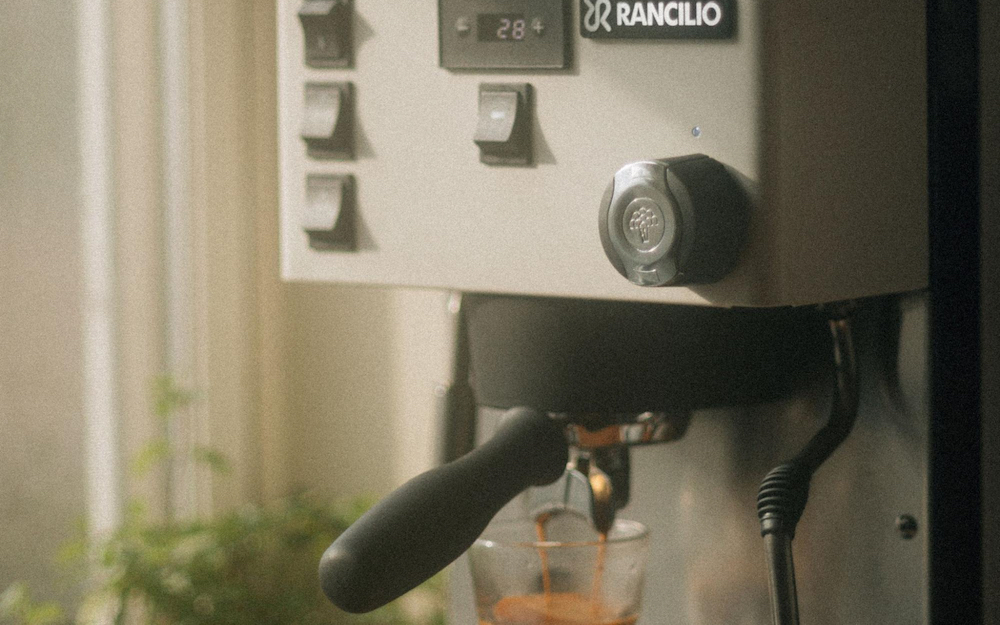
How can you regulate extraction temperature?
Carles explains how the materials used in espresso machines can help to manage and improve thermal stability.
“Stainless steel or brass quickly [absorb heat and] change the brew temperature to your desired setting, and therefore maintain a specific temperature,” he says.
High-quality espresso machines, like the Rancilio Silvia Pro X, usually have higher thermal inertia levels thanks to a design that considers how heat naturally disperses. By anticipating this in its design, the machine is both more efficient and sustainable.
“Thermal inertia is the measurement of a material’s responsiveness to variations in temperature,” Carles tells me. “Simply put, the Silvia Pro X has more thermal inertia thatn most home machines because of how reactive the system is in adjusting to the temperature.
“When combined with the fact that the heating element for the boiler sits right on top of the grouphead, the thermal inertia helps create an environment where the temperature equilibrium of the system is not thrown off by cold water entering the boiler,” he adds.
In essence, better thermal inertia equals improved thermal stability, and better extraction as a result.
It’s also worth noting that over the past few years, the technology and build quality of prosumer models has substantially increased. This has naturally led to improved temperature stability in high-end home barista espresso machines.
More and more home machines now use dual boilers, which allows the user to extract espresso and steam milk at the same time. Christina explains why this is so significant for regulating temperature fluctuations.
“Pulling shots and steaming milk at the same time allows you to immediately pour the milk into the espresso, without wasting any time or allowing the crema to disintegrate,” she tells me.
Once they start up, some home espresso machines can take up to 30 minutes to reach the desired temperature. However, machines with multiple boilers, like the Silvia Pro X, have massively reduced heat-up times.
“The Silvia Pro X takes a fraction of the time to heat up, so that you can pull shots and steam milk [more efficiently],” Christina says.
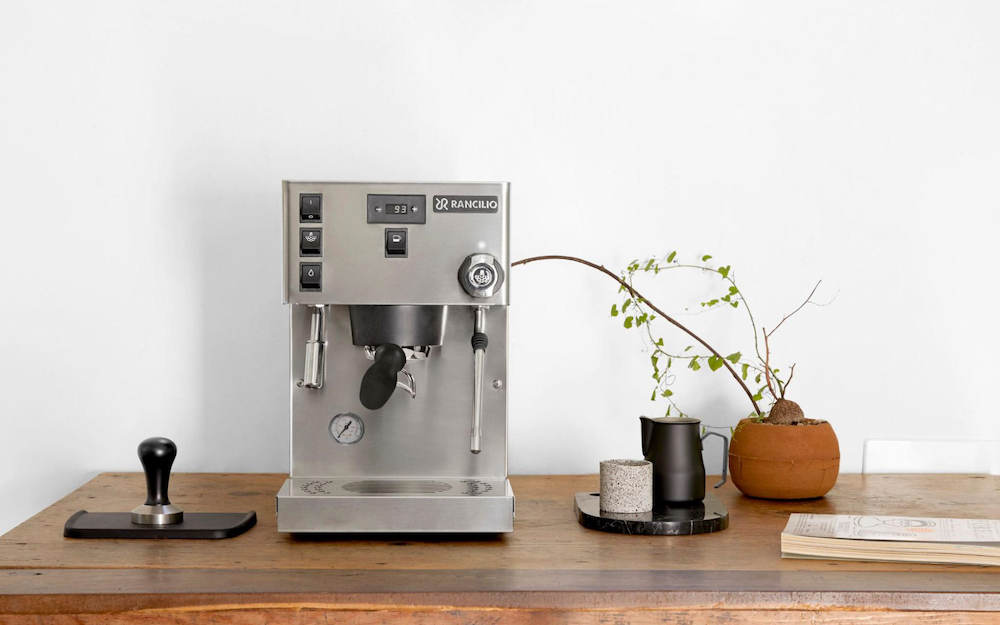
Why is this important for home espresso machines?
As the quality of prosumer espresso machines continues to improve, more and more consumers want to replicate café-quality beverages at home. Among many other factors, maintaining thermal stability in your espresso machine is a key part of this.
“Now more than ever, more people are focusing on how to make the best quality drinks at home, [rather than just looking for convenience],” says Christina.
During the Covid-19 pandemic, more and more coffee drinkers tried experimenting with different brewing methods, including espresso-style beverages. Around 66% of US consumers claimed they had improved their coffee brewing during lockdown in 2020.
But even with their brewing recipes perfected, high-quality equipment is important for extracting great espresso.
“There is nothing wrong with a lower-cost machine, but in the long term, it will definitely be worth investing more money into a higher quality machine,” Christina adds.
Prosumer models, such as the Silvia Pro X, often include more advanced features, which allow for more control over temperature and other extraction variables.
In particular, with the Silvia Pro X, Rancilio’s new soft infusion technology helps to minimise channeling. It works by presoaking the coffee puck – a process similar to preinfusion – which allows more CO2 to release before extraction begins. As such, soft infusion helps to reduce astringency and improve the body of espresso.
“This feature is designed to enhance the espresso extraction in order to prepare the puck for the main extraction phase,” Carles says. “Soft infusion can ‘fix’ lots of inconsistencies that can occur at the top of the puck.”
Ultimately, this means that home baristas with less practical knowledge are better equipped to produce high-quality espresso.
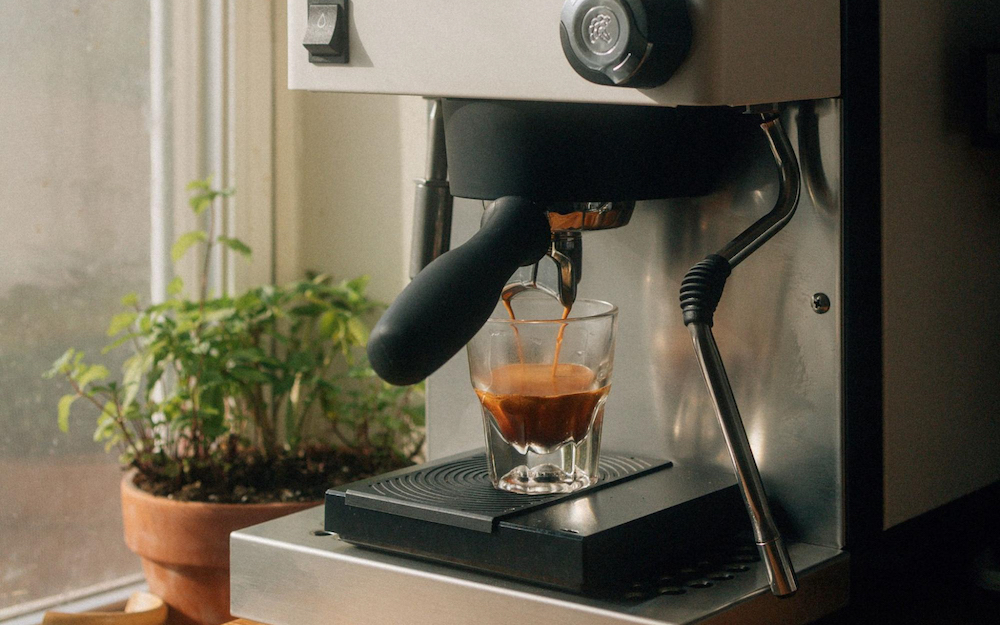
As home espresso machines continue to evolve, it is likely that we will continue to see more new and advanced technologies that help to improve thermal stability, as well as better overall performance.
For home baristas, more control over thermal stability means one thing above all else: it makes it more likely you will pull café-quality shots, and be better equipped to enjoy amazing espresso at home.
Enjoyed this? Then read our article on how temperature can impact your experience of coffee.
Photo credits: Rancilio Group
Perfect Daily Grind
Please note: Rancilio Group is a sponsor of Perfect Daily Grind.
Want to read more articles like this? Sign up for our newsletter!
The post How does temperature stability affect espresso extraction? appeared first on Perfect Daily Grind.
By: Zoe StanleyTitle: How does temperature stability affect espresso extraction?
Sourced From: perfectdailygrind.com/2022/06/how-does-temperature-stability-affect-espresso/
Published Date: Mon, 20 Jun 2022 05:21:00 +0000


